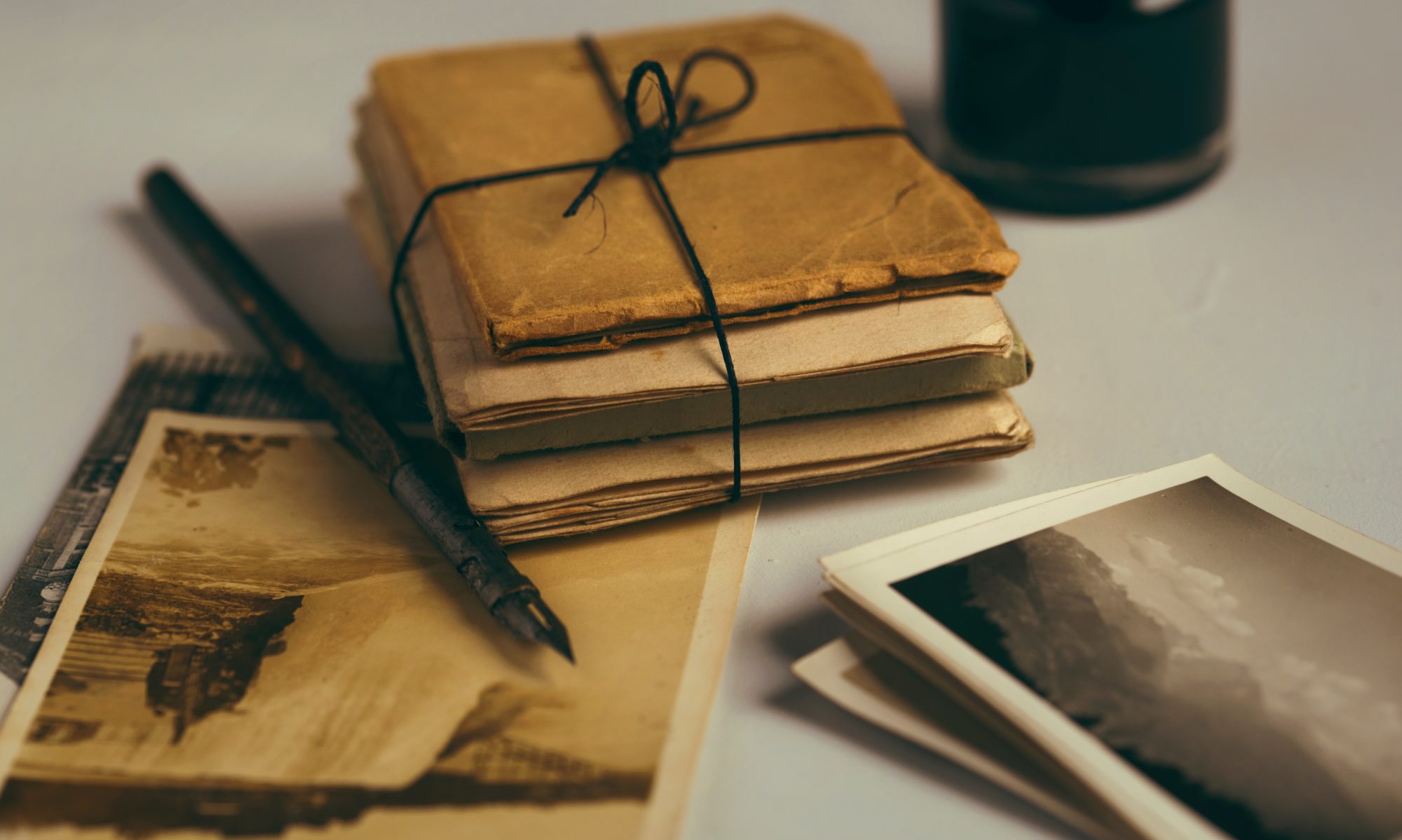
Edward Girling is my three times great grandfather, and one of my grimmer black sheep ancestors. Last week I wrote about the spice that can be added to your family tree when you research the people that didn’t quite fit the mould of the rest of the family. In many cases, it can bring interest, joy and even humour into the tree. But at other times it can also be confronting and unpleasant to see the results of your forebear’s choices in life. I have two such ancestors, both named Edward (you’ve already heard the tale of Edward Field) and both responsible for the death of an immediate family member.
Who was Edward Girling?
Edward Girling was born in 1811 in Sandiacre, Derbyshire. He was the son of a self-described ‘quack doctor’ named William Girling, and his second wife Charlotte (nee Wilkinson). There is rarely a Girling in my tree who is not somewhat eccentric at the very least!
At the age of 21, he married Mary Boot and soon after the young couple and their daughter Charlotte moved to Birmingham where Edward worked as a scale beam maker. Three more children were born to Edward and Mary during the next twelve years.
Along came my great great grandmother…
Then in 1850 my great-great-grandmother Eliza was born. This child was different from the rest, however. Her mother was not Mary Boot, but Sarah Girling, nee Bytheway! Sarah had been married to a William Bennet Girling of London, but he had left her for another woman a few years previously, whom he subsequently and bigamously married. Sarah named Edward as the father of Eliza, and DNA matches have confirmed that we are linked to the Sandiacre Girlings. I have yet to connect the two Girling branches but it seems odd that both men that she bore children to shared the same unusual surname.
By that time, Edward’s younger brother Reuben had also moved to Birmingham with his family, taken up the same trade as Edward and lived nearby. One of his sons founded Girling Brakes, so they’re not all a bad lot!
The Death of Mary Girling
Fast forward to 1885. On the 15th of June Mary Girling was found dead in the marital home. Following an inquest held on the 19th June, a warrant was issued for the arrest of her husband. Mary’s cause of death had been deemed to be ‘syncope, consequent upon chronic bronchitis’. Edward was accused of wilful neglect of his wife during her illness, and charged with manslaughter.
The Birmingham Calendar of Prisoners (see below) outlines the bare bones of Edward’s case. But as I mentioned last week, black sheep often provide us with further sources of information.

Edward Girling in the News
Even by today’s standards, this was a sensational case. It was seized upon not only by the local press but all over the country. Newspapers from the Aberdeen Evening Express to the Luton Times and Bedfordshire Advertiser were reporting on the ‘deplorable character’ who was Edward Girling. And as is the situation today, not everything they said was accurate. Some of it was worse.
It seems that Mary had been living out of the marital home earlier in the year, as their youngest daughter was dying. Mary was living with her to provide nursing, comfort and assistance around the home. The daughter passed away in February and by Easter Mary had moved back in with Edward.

The newspapers had reported that by this time he was living with his brother’s widow Fanny. Shocking stuff. Except that none of his dead brothers had been married to a Fanny. The brother that lived in Birmingham was still alive and married to a Lavinia. The newspapers either didn’t know (or decided not to report) that Fanny was actually his daughter-in-law, not widowed and they had been living together on and off as man and wife since at least 1871, when they are together on census night! Fanny’s children/Edward’s grandchildren were raised from early childhood by their father John. Edward and Fanny reportedly spent much of their time carousing at local drinking establishments.
Mary suffered from chronic bronchitis. In the weeks preceding her death, she had become bedridden and required assistance and medical attention. Her granddaughter Caroline and a neighbour Emma Layton had been trying to help her by visiting and bringing food and medicine. Mary had said she was being starved and beaten, and indeed the neighbour had been threatened with a stick when she brought some broth around for Mary resulting in police intervention. However in the fortnight before she died, no one had been able to see her, as Edward and Fanny had taken to locking her inside when they went out drinking for the day. When asked to provide a doctor they always said they were going to but didn’t.
The Trial of Edward Girling

The trial had been delayed when Fanny ran off in early July. She was charged with absconding to avoid giving evidence. The reason she gave was that she was being threatened by relatives of the deceased. I have as yet found no documents to support her having suffered any consequences of either this or for the death of Mary.
When the trial finally took place in early August, the ‘decrepit old man’ had obtained no legal counsel and defended himself against prosecutor Mr Etherington Smith. Unsurprisingly, given the shocking evidence provided by Henry Hawkes the coroner and multiple witnesses, it was a short trial. He was found guilty by the jury and received 18 months of hard labour at Winson Green prison in Birmingham. It would have and should have been a longer sentence, but the judge took pity on him because of his age. Nonetheless, he died soon after he did his time. I’m not sure he would have been mourned by anyone other than perhaps his daughter-in-law and girlfriend Fanny.



















